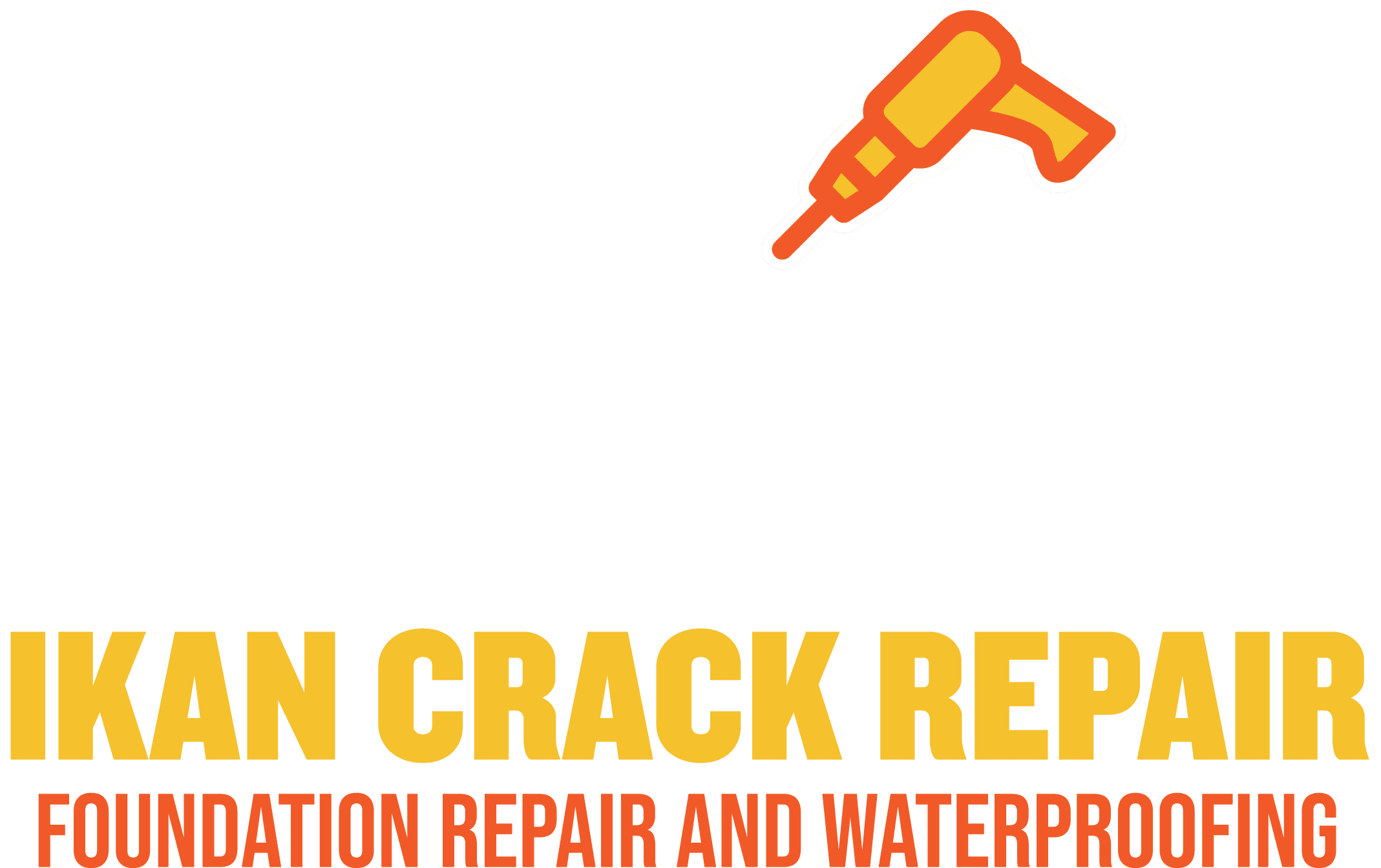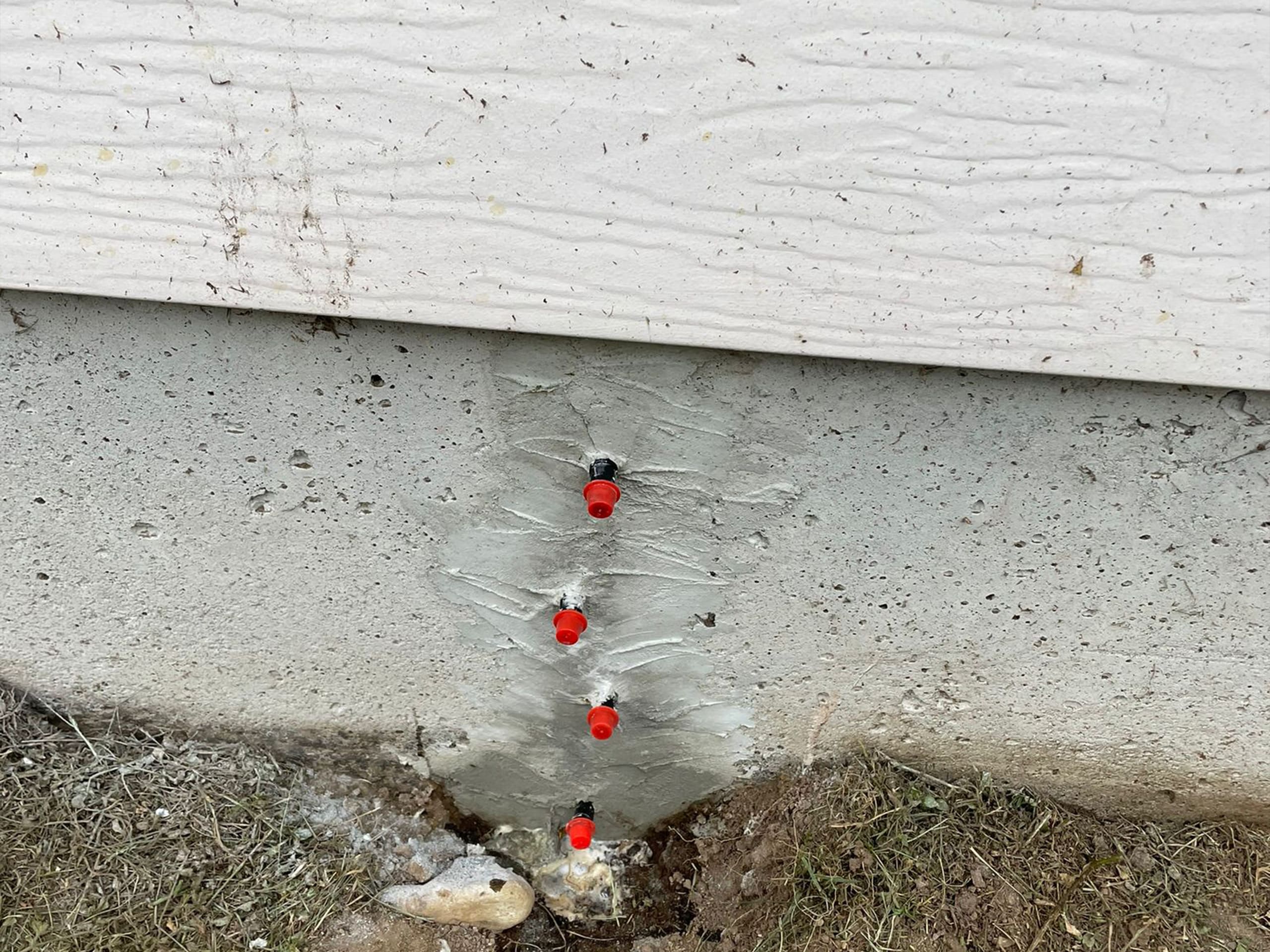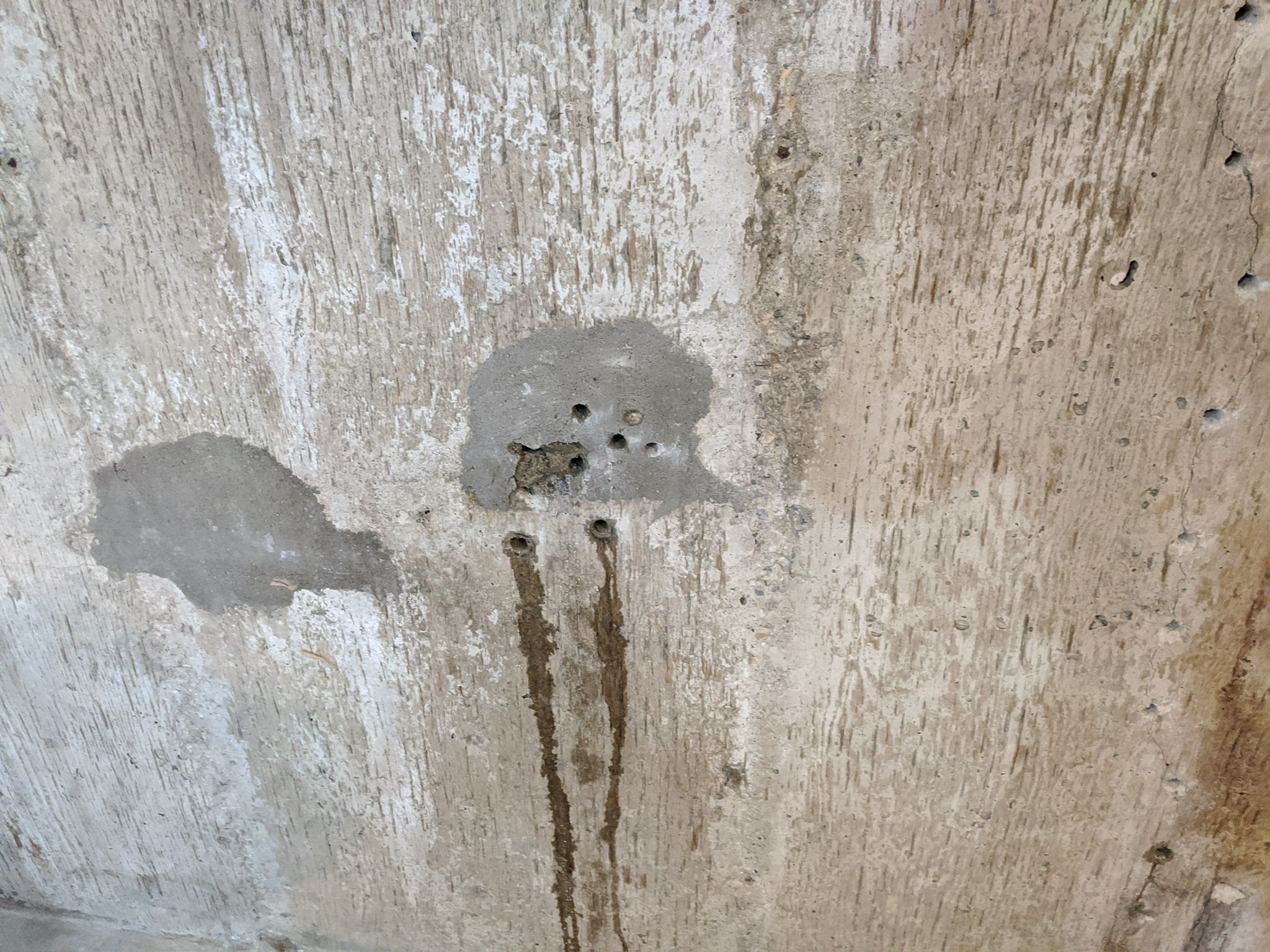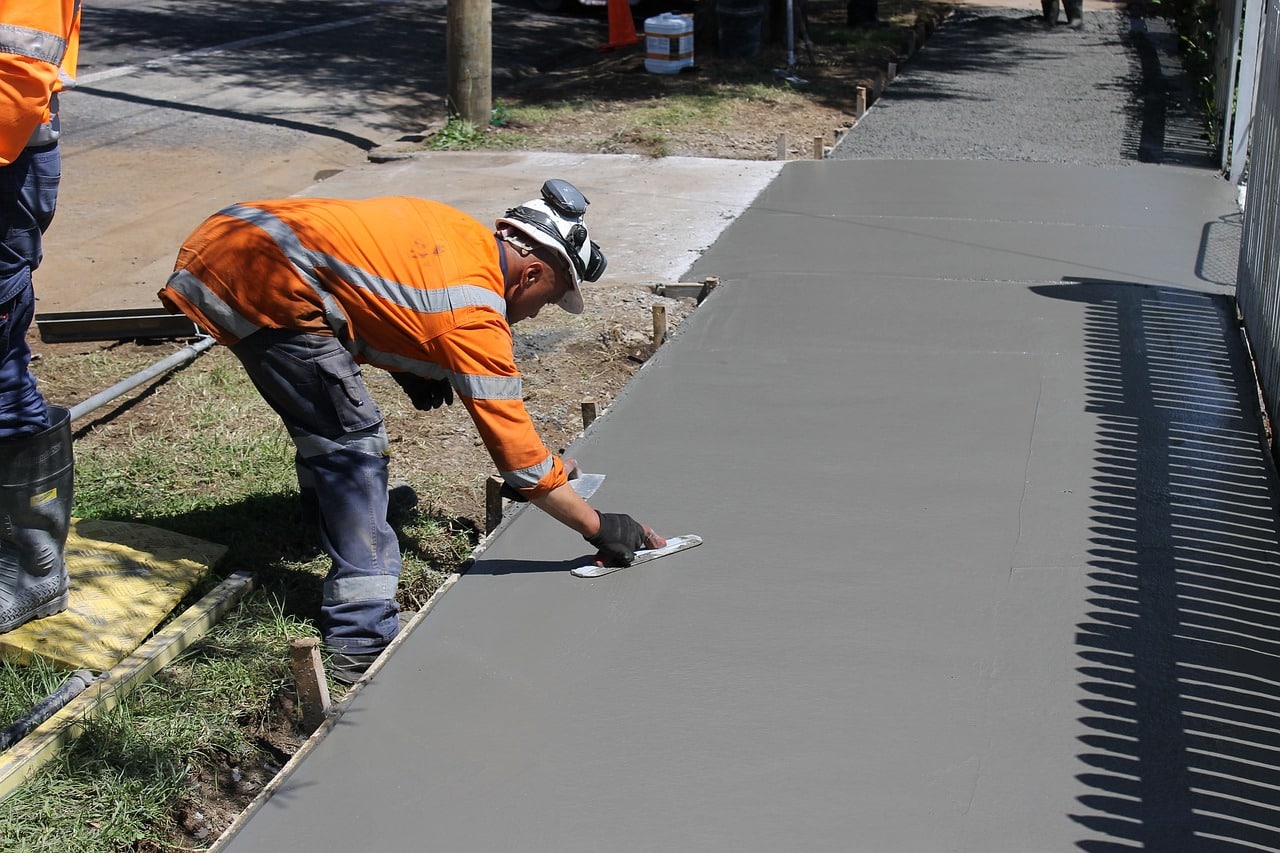Concrete pavement, patio, and pool deck cracks are one of the most frequent structural problems that can result in significant growing problems without proper attention. For Vancouver residents cement crack filling with their Liquid Cement Crack Filler an option.
We will give you detailed instructions of calling a professional and finally, the advantages and application of liquid cement crack filler in the city of Vancouver. The actual what is right here is to cover these cracks which will prevent them from spreading, thus avoiding the surface hazards which will cause damage to your property.
Understanding Liquid Cement Crack Filler
No solvents are employed in cement crack fillers since the material is fluid at room temperature. The decks will therefore come with crack filling and sealing the concrete. It is a procedure which is, easy-to-contact and not to make more obstacles. The liquified cement filler attribute importance to water regions of Vancouver as it allows for the understanding of its characteristics and the benefits provided.
This patchworked, which, other than this, can reach into the cracks and it also acts like a support to grip on the forces which may be caused by acting forces that come from the environment or nature.
While this feature has been very favorable because we have been able to incorporate a plan together with the concrete rather than against it, it has led to the reduction of cracks and consequently, a total protection.
Common Causes of Concrete Cracks
Vancouver has many sidewalks built out of concrete. Over time, these sidewalks can crack due to environmental factors such as, temperature fluctuations and shifting of the soil as well as changes in moisture content. Determining the concrete causes, we will pick up the best solution for cement filling liquid crack choice. The result of extreme weather conditions as demonstrated by the temperature variations throughout the seasons may be the expansion or the contraction of concrete which in turn leads to developing cracks. The most prevalent issue is soil movement, especially in areas with expanding and contracting clays as this may result in damaged foundations, thus cracks may be exhibited. These activities, such as rainy days of Vancouver that cause serious skin issues, should be considered, and pollutants should be replaced in a timely manner.
Why Use Liquid Cement Crack Filler?
Besides, the water-based liquid cement based have the characteristics of easy operating, quick dry and strong sealing. Concretely, these benefits will in my opinion be very useful for liquid cement crack filler in the context of humid weather as they relate to waterproofing as well as to the protection of the structure against structural damage. A fast-drying formula is provided whereby repairs can be done swiftly and therefore; the total time is reduced significantly.
Moreover, filler functions as both fixing and finishing agent that to some extent shields the lease of moisture; the latter being a critical variable in preventing additional damage to concrete surfaces and keeping their structure intact.
Signs You Need Liquid Cement Crack Filler
The facts are there – rings, cracking in a wavelike fashion and moisture penetrating these cracks; all of these mean one thing: you should use liquid cement crack filler. Eliminate these issues with adequate treatment by injection of the right product within the shortest time possible to preserve your concrete surfaces from damage.
Cracks in driveways, sidewalks, or even the foundation may worsen if they are not treated in time and this can consume the structure as a whole. A variety of surfaces such as unevenness and moisture penetration can be the reason for the weakening of concrete that will consequently lead to the process of its deterioration. It is crucial to opt for the correct filler since you do not want to end up in a scenario whereby more difficulties arise.
How to Apply Liquid Cement Crack Filler
Applying liquid cement crack filler Vancouver involves several steps: first of all, the refill and filler is applied, afterwards the filler is placed, changed and drying is done. Another aspect that we need to keep in mind is that we should have all the required applications and reanalysis techniques to achieve desired goals.
The leading specialists of drama will supervise the script, technical aspects and make sure the details of presentation will be in a harmonious balance through changes if needed. The holes will be swept and tapped twice by either a brad point or drill bit before attaching the material (cement board) to improve bonding.
The filler material typically requires high precision in application to ensure that where the filler should be will be filled accurately. For such goal, selectivity of filler is considered of crucial value, which is one more reason for the filler to demonstrate the strength and durability, thus assuring the long-lasting and successful fixation.
Benefits of Professional Services
There are numerous benefits associated with liquid cement crack filling service Vancouver providers, including pinpointing the exact cause of the problem, analogize the right method of application, and the long-term warranty.
Professionals insert the filler to check that it correctly and effectively inserted, such that the disease does not spread. An expert opinion stands for a real issue recording what is not seen by many people. Expert application techniques ensure that the resin composite bonds in a close and permanent manner to the concrete and yields a long-term seal.
Any terms and conditions covering for repair service for a given period of time are considered to be a contractual assurance of less worries.
Cost of Liquid Cement Crack Filler in Vancouver
The price of the product under consideration is based on the extent and the size of the damage done, which must be treated. In addition to immediate financial savings, the professional service also brings in long-term value as they prevent by making the right repairs for the first time, future problems from arising.
Usually, it will be in the better interest of the owner to seek professional repairs as the problem is fixed systematically through the use of those repairs. Experts will be in a position to do an estimate after having known your budget. This will help you in understanding how they can help you to reduce the cost of their services.
Choosing the Right Product
Because the liquid cement crack filler Vancouver is the main elements in the crack repairing work, hence, the selection of the most suitable liquid cement crack filler is very crucial. Interact with the manufacturer of the products and inquire their suitability for the gap’s specific type and the weather conditions of Vancouver, in parallel with ensuring the longevity and durability of the repairs.
As such, by asking for the professional advice, you will gain the decision-making ability on which product to purchase. There are many patching materials that fill cracks and can be used under varying conditions, hence their use can in some cases be different.
The experts enable the consumer by proposing the necessary product categories which you have regarding the concrete cracks based on a number of factors such as width, depth and location. The repair is going to definitely be a good buying option.
Maintenance Tips for Concrete Surfaces
Regular maintenance can help avoid the need for surface crack filling with liquid cement. Make sure the concrete surface is clean and address minor cracks immediately as well as have good drainage to avoid the water damage. This way one can safeguard the integrity of the concrete he is working on.
Repeated exerting your concrete for visible signs of damage provides you a chance to detect problems at early stages. Removing debris from the surfaces through cleaning delays deteriorations that are due to wear.
Conclusion
Investigation of concrete cracks is an essential concern in Vancouver district, demanding immediate and efficient solutions. Demonstrating the advantages of liquid cement crack filler Vancouver and learning how it is used is very crucial in helping homeowners to make informed decisions.
Expertise-based professional services are usually highly accurate, make correct choice of product and ensure that results are durable, hence prolonging the life of your concrete surfaces.
Small defects don’t have to turn into big damages, so for all your liquid cement crack filler needs, make sure to seek professional help today. It is essential to follow the proactive approach by hiring professional expertise so that your property always stays in excellent shape, preserving the value of the investment and assuring the safety.



